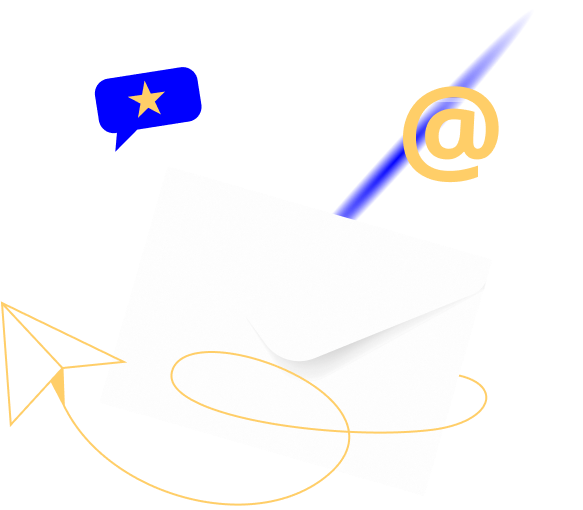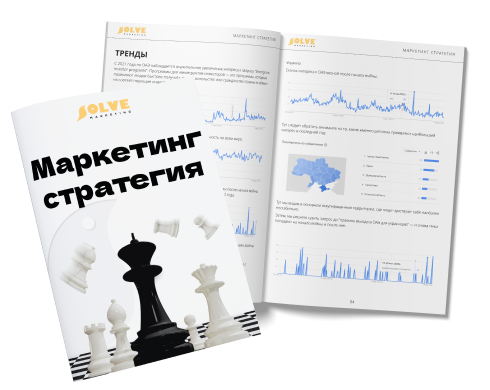Oh, a new application!
Working with email campaigns
No marketing campaign begins without creating a strategy and a chain of emails. These are important steps in interacting with your audience.
SEND REQUEST
The main goal of email marketing is to connect with the audience, attract attention, increase sales, and keep in touch with customers.
It is this type of marketing that can be powerful and not very costly, but at the same time increase revenue and attract new customers. To achieve the best results, you need to take into account the needs and differences of your target audience. Of course, you need to work in parallel with other types of marketing.
This is an effective and efficient method of reaching your entire contact base, ideally with personalization to all customers.
Email advertising starts with collecting and maintaining a contact database. The company collects email addresses of people who have opted in to receive emails on their behalf. Most often, lead magnets are used for this purpose. For example, you can get a book from our CEO in exchange for your name and email address.
Email marketers create and send emails to the company's clients. These can be letters of various contents: from product announcements to event invitations.
Personalization plays a crucial role in email marketing. Marketers use customer data to change the content and offers according to the wishes of each customer. Personalized emails tend to have higher engagement rates.
In most cases, email marketing platforms allow you to use automation. It helps to create automatic email chains that are triggered after certain events or updates. For example, a customer added a product to the cart but didn't complete the purchase. Why not remind him about it?
For email marketing analytics, you need to use statistics. Marketers count the number of opens, clicks, and conversions. This is done to assess how well their efforts are working.
Compliance with email marketing laws and regulations is crucial. Such documents include:
This includes obtaining consent from customers to use their data. Also, you need to consider what spam filters of email clients react to so that emails are not blocked.
The design and content of emails are essential for grabbing the reader's attention. An effective email design should be mobile-friendly, visually appealing, and contain compelling copy and visuals.
Split testing is often used to test different elements of an email. For example, it can be:
This is done to understand what resonates best with the audience.
For a more comprehensive approach to customer acquisition, you need to use all kinds of marketing solutions. Also, you need to add a customer relationship management system (CRM).

No marketing campaign begins without creating a strategy and a chain of emails. These are important steps in interacting with your audience.
SEND REQUESTDetermine what goal you want to achieve with the campaign (e.g., increasing sales, attracting new customers, increasing brand loyalty, etc.).
And who is your audience (age group, interests, behavior, location).
Collect a database of subscribers. Divide your audience into segments based on various criteria (age, gender, previous purchases, etc.). This will allow you to send more personalized content.
Choose a platform for sending emails. Popular options include MailChimp, SendinBlue, and Constant Contact. Our team at Solve Marketing are certified Send Pulse specialists, but we can work with other platforms as well.
Develop interesting and useful content for your emails. It can be information about new products, exclusive offers, useful tips, etc. At the same time, follow the rules of the anti-spam filter. This includes:
An email thread is a sequence of emails that are sent in a specific order.
Set the time to send emails for each stage of the chain.
After sending, analyze the results of your campaigns (opens, clicks, conversions) and adapt your strategy accordingly.
Try different subject lines, images, and content for healthy testing.
Optimize your campaigns based on analytics and audience feedback.
Remember that the effectiveness of email marketing depends on the quality of the content and the analysis of the results. Feel free to experiment and improve your strategy.
(Welcome Email):

Welcome new subscribers, introduce your brand, and provide useful information.
Promotional Email:

Send an offer or discount to encourage purchases.
Informational Email:

Provide useful information that may be of interest to your audience (articles, tips, news, etc.).
Post-Purchase Email:

Send a thank you note for the purchase, provide information on how to use the product.
FAQ Email:

Answering frequently asked questions can increase brand trust.
Urgency Email:

Remind customers about the expiration date of offers or promotions.
In today's mobile-first world, the structure of a sales email and its adaptability to mobile devices are important components of a successful email marketing strategy.
They ensure effective communication with the audience and increase the chances of achieving marketing goals.
the first lines of an email can catch the recipient's interest. It's important to use a personalized appeal and an attractive headline that encourages opening the email.
important information (offer, promotion, new product) should be provided as soon as possible. A brief but convincing overview can make the client interested.
literary composition helps to organize information, making it more understandable and attractive.
a simple and clear call to action motivates the customer to take part in the offer or promotion.
providing links to social networks and contact information helps to create interaction with the audience.
every year more and more people open and read emails on their mobile phones. Responsiveness allows you to provide a comfortable viewing experience on any device.
optimizing for mobile increases the chances of opening and responding to your emails.
responsiveness can influence the way emails are perceived, which can avoid unsubscribes and spam markings.
ensuring that content is easy and comfortable to view on mobile adds an important positive note to brand engagement.
Provide the option to unsubscribe and follow through immediately:
this helps build trust and demonstrates the importance of the recipient's privacy.
Avoid special characters, a large number of titles and phrases in uppercase:
for example, "hot offer", "make money", "free", "guaranteed", etc. This can be perceived as a sign of spam.
Maintain a balanced ratio of text to graphics:
excessive use of graphics can be suspicious.
Don't use buy/sell lists:
they often contain email addresses that are well known to spam filters.
Test before sending:
use services to test your emails against spam filters.
Send regularly and from specific IP addresses:
a large number of emails from a new IP address may raise suspicion.
Avoid using checkboxes and short URL links:
they can be perceived as potentially dangerous.
Not all businesses need newsletters. To understand whether this channel will be effective for you, it is worth conducting a marketing strategy and researching competitors' funnels.
It's important to remember that email is effective when it is used with the interests and needs of the audience in mind. Therefore, you need to provide useful and relevant content.
The needs of clients who contact us for email marketing often differ from one another. But there are some questions that almost everyone asks.
Fill out the feedback form and get
a free preliminary consultation from the marketers of Solve Marketing 🙂
Przejdziemy na język angielski
Znajdujesz się teraz na stronie, która nie jest jeszcze dostępna w języku polskim. Sugerujemy więc przeczytanie wybranej treści w języku angielskim.
